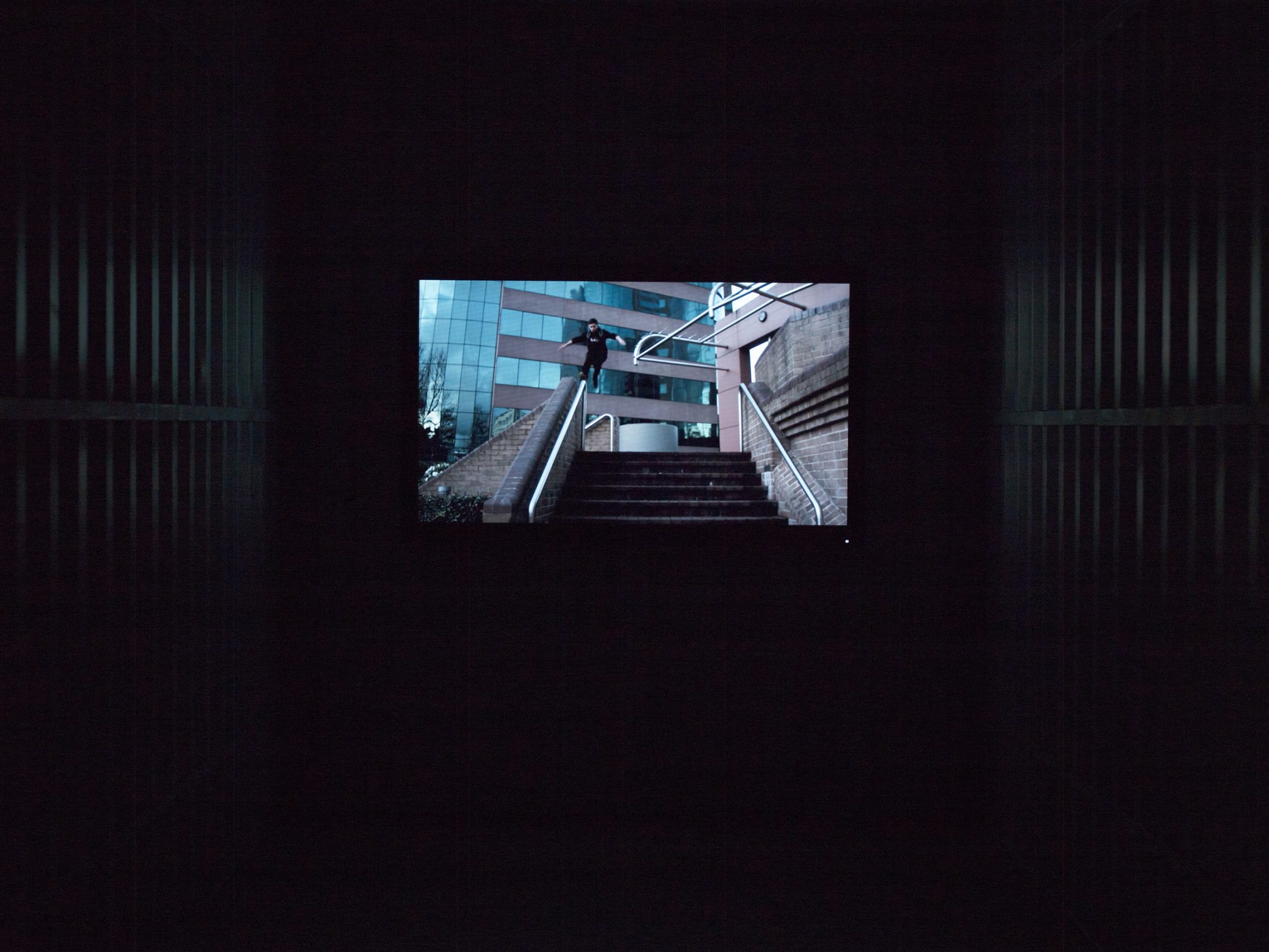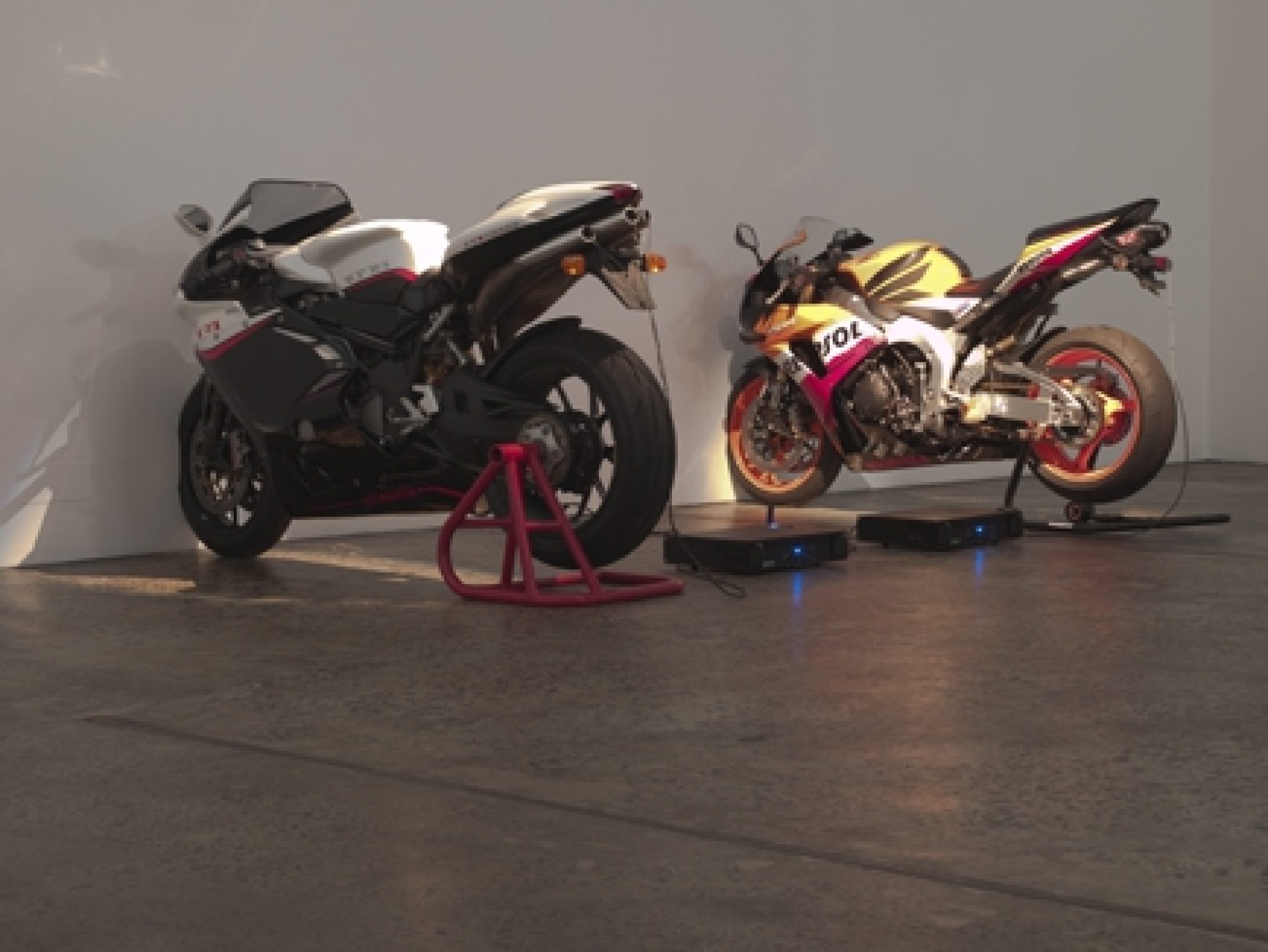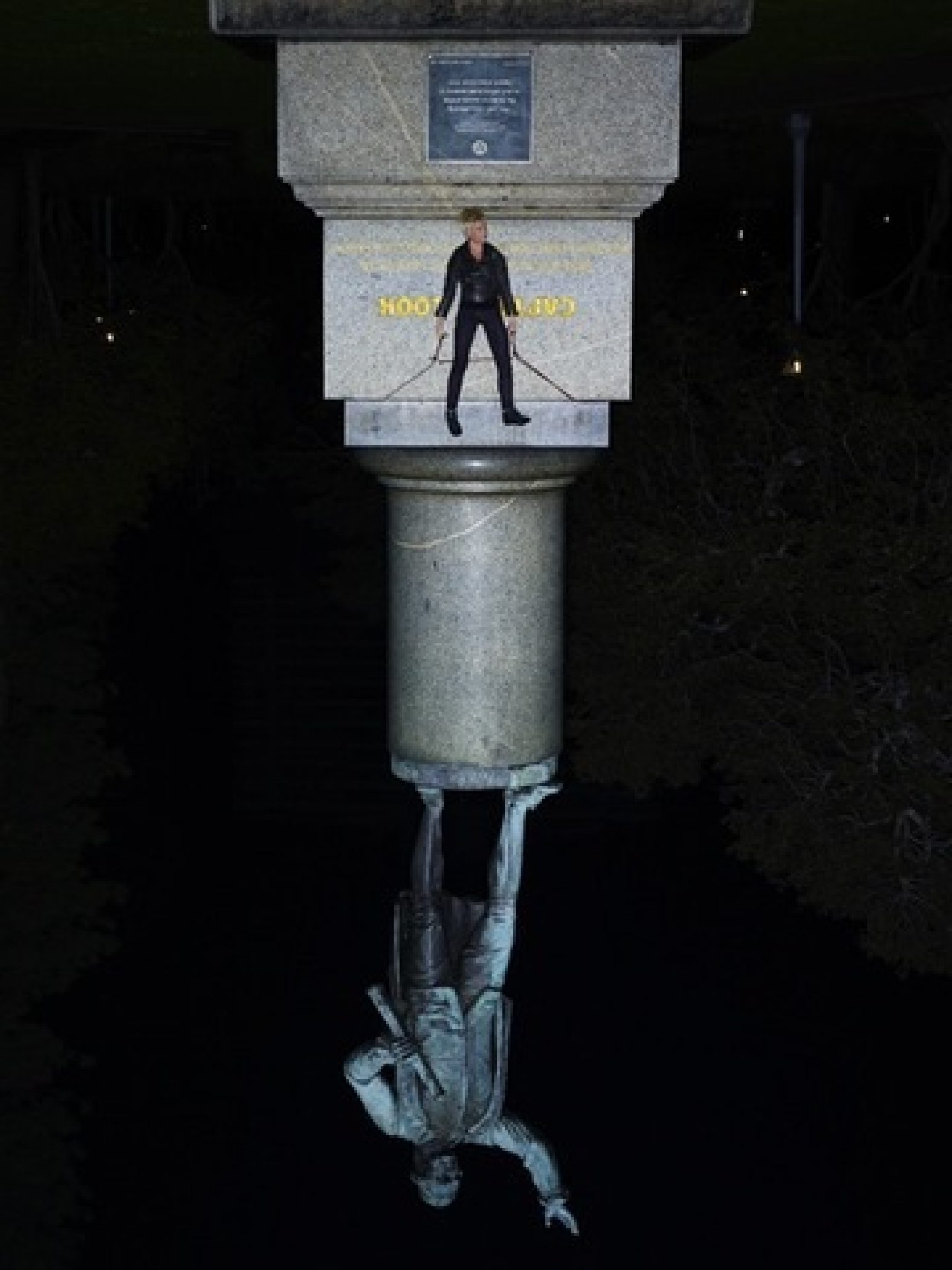Shaun Gladwell
Riding with Death: Redux
28th October – 17th December 2011
Anna Schwartz Gallery Carriageworks
The Artist as an Allegory of Death
This exhibition, ‘Riding with Death: Redux’, takes its title from Shaun Gladwell’s first video work, Riding with Death, 1999, a work never previously shown. [i] The works in ‘Riding with Death: Redux’ repeat some key themes that have percolated below the surface of Gladwell’s works since. Overtly, the oeuvre over the last 12 years seems predominantly to deal with spatial politics, movement and gesture; [ii] however there are more obscure themes resonant from that very early work, of death, erasure … infinity. These themes are perhaps less apparent but almost always present in some form. The theme of death in Gladwell’s work has been acknowledged previously, often by the artist himself, [iii] and we see it repeatedly at an iconographic level with the recurring skull motif. Death is also often present at an allegorical level; the artist himself sometimes appearing as an allegory of death. Look again at Tangara, 2003, Apology to Roadkill, 2007, Interceptor Surf Sequence, 2007 or POV: Mirror Sequence Tarin Kowt, 2009 – 2010, and other works where the artist is the central performer.
Shaun Gladwell studied painting before developing his video installation practice, and the origin of his Riding with Death, 1999, is actually a painting by Jean-Michel Basquiat. Riding with Death is the title of one of the last paintings Basquiat created before his death in 1988. [iv] In his painting, a human figure rides a skeleton, which is mostly suggested, by five or six bones and a stylised anthropoid skull. These figures are in turn taken directly from an allegorical drawing by Leonardo da Vinci, in which an allegory of Envy rides a horse. [v] Basquiat’s version becomes a prophetic self-portrait, riding an allegory of death. When Gladwell produced his own Riding with Death in 1999 he consciously adopted Basquiat’s underlying theme of mortality: “[Basquiat’s painting] operates as a conceptual ambigram in a way, like it could be the horse actually being someone and the figure being actually not human at all.”[vi] Gladwell’s reworking of Basquiat’s painting adopts, in a mutated way, Basquiat’s iconography of the skeleton and the self, and in its mutation the ‘riding’ becomes about riding a skateboard, marked with the infinity symbol (∞), on the right side of the screen, echoed in the trolley stand of the skeleton on the left side.
Gladwell’s 1999 reworking of Basquiat’s Riding with Death, with its interchangeability of death and the artist, is strongly echoed through these most recent works in ‘Riding with Death: Redux’. He is still riding with death. Consider the work I Also Live at One Infinite Loop, 2011. The infinite is both literal and virtual in the fed-back viewfinder at the centre of the screen. The artist sits in a military jet fighter as it tears through the clouds above the Hunter Valley. As in his MADDESTMAXIMVS works, he wears the “prosthetic skull” of the death rider.[vii] His body is pushed into 6G centrifugal forces as the plane loops and turns. The infinite loop of the video feedback twists and distorts as Gladwell struggles against the physical forces of these movements. The resulting image is the synthesis of the machine (both jet fighter and camera) and the limits of the body of the artist. Against these forces, that body seems feeble and vulnerable. As the artist, again here an allegory of death, twists his head we catch a momentary glance of a skull on the side of his helmet.
Interestingly, One Infinite Loop is the street address of the Apple headquarters in California, and somewhat prophetically this work was produced and named before the recent death of Apple’s co-founder, Steve Jobs. Jobs famously said that “Death is very likely the single best invention of Life. It is Life’s change agent.” [viii] For Jobs, his own brush with death in the mid-1990s was life-affirming; we only truly live when we’re aware that death is always present. All of us, always, are riding with death.
Dr Kit Messham-Muir
[i] “I hadn’t even left the painting department… instead of the painter just getting out there and hitting the streets with a video camera, I was using video cameras in a studio at that stage, so that was very early days.” Shaun Gladwell, interview with Kit Messham-Muir, Hyde Park, London, 30 September 2010 (transcribed by Susan Cairns)
[ii] Nicholas Croggan and Charles Green, ‘Shaun Gladwell: Critique, Gesture, and Skateboarding’, Australian and New Zealand Journal of Art, Vol. 11, 2011
[iii] Tania Doropoulos, Shaun Gladwell — Artist’s Statement, 2009 Venice Biennale; Shaun Gladwell, quoted in Ihor Holubizky with Shaun Gladwell, ‘Intentionality and Interpretation’, Blair French, Shaun Gladwell: Videowork, (Sydney: Artspace Visual Arts Centre, 2007), 44
[iv] Shaun Gladwell, interview, 30 September 2010
[v] Leonhard Emmerling, Basquiat, (Cologne: Taschen, 2003), 79
[vi] Shaun Gladwell, interview, 30 September 2010
[vii] Lisa Slade, ‘The Thrall of the Skull’, Neo Goth: Black is Back, (Brisbane: University of Queensland Art Museum 2008), 25 – 26
[viii] Stanford University News, ‘You’ve got to find what you love,’ Jobs says, http://news.stanford.edu/news/… (accessed 15 October 2011, 10:20am)
Photography: Jamie North
Images
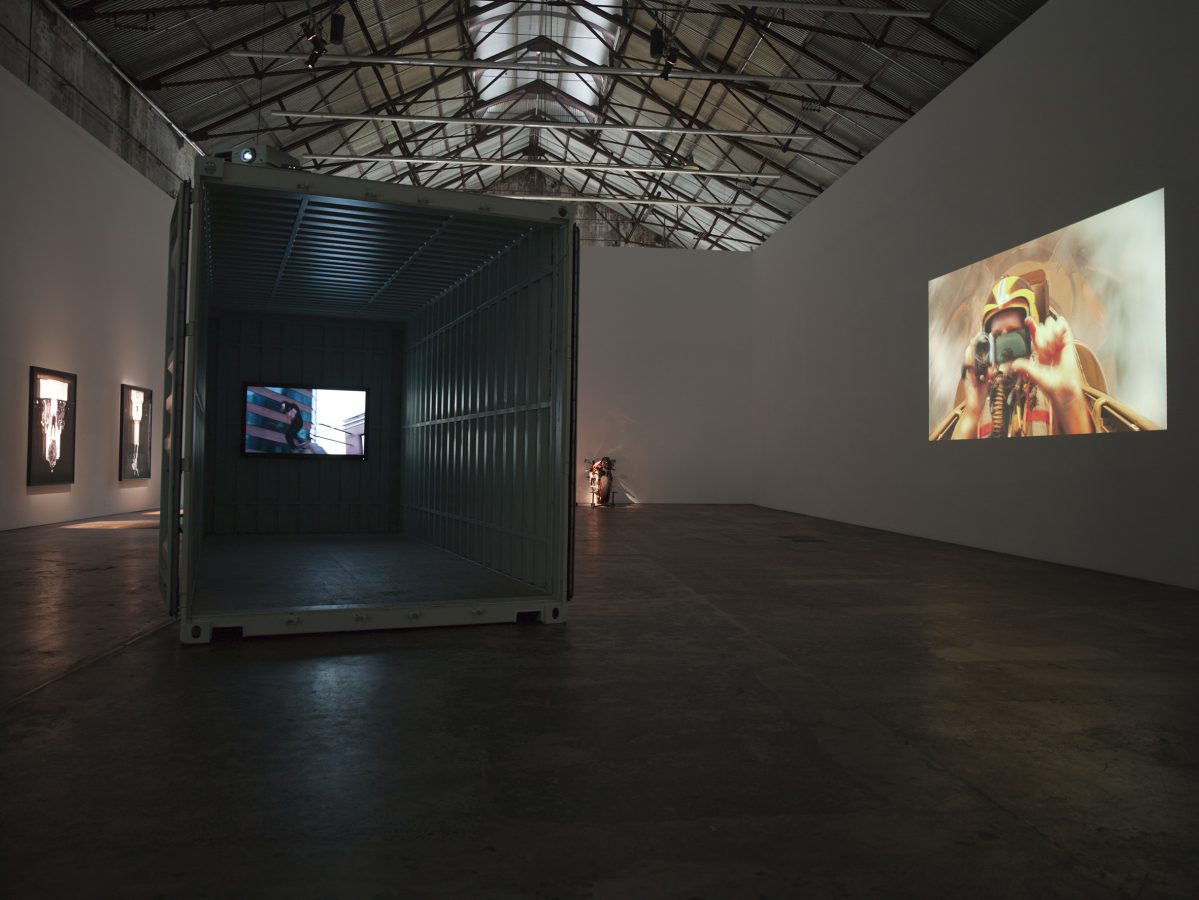
Shaun Gladwell
Riding with Death: Redux, 2011
installation view, Anna Schwartz Gallery, Carriageworks
Photo: Jamie North

Shaun Gladwell
Riding with Death: Redux, 2011
installation view, Anna Schwartz Gallery, Carriageworks
Photo: Jamie North
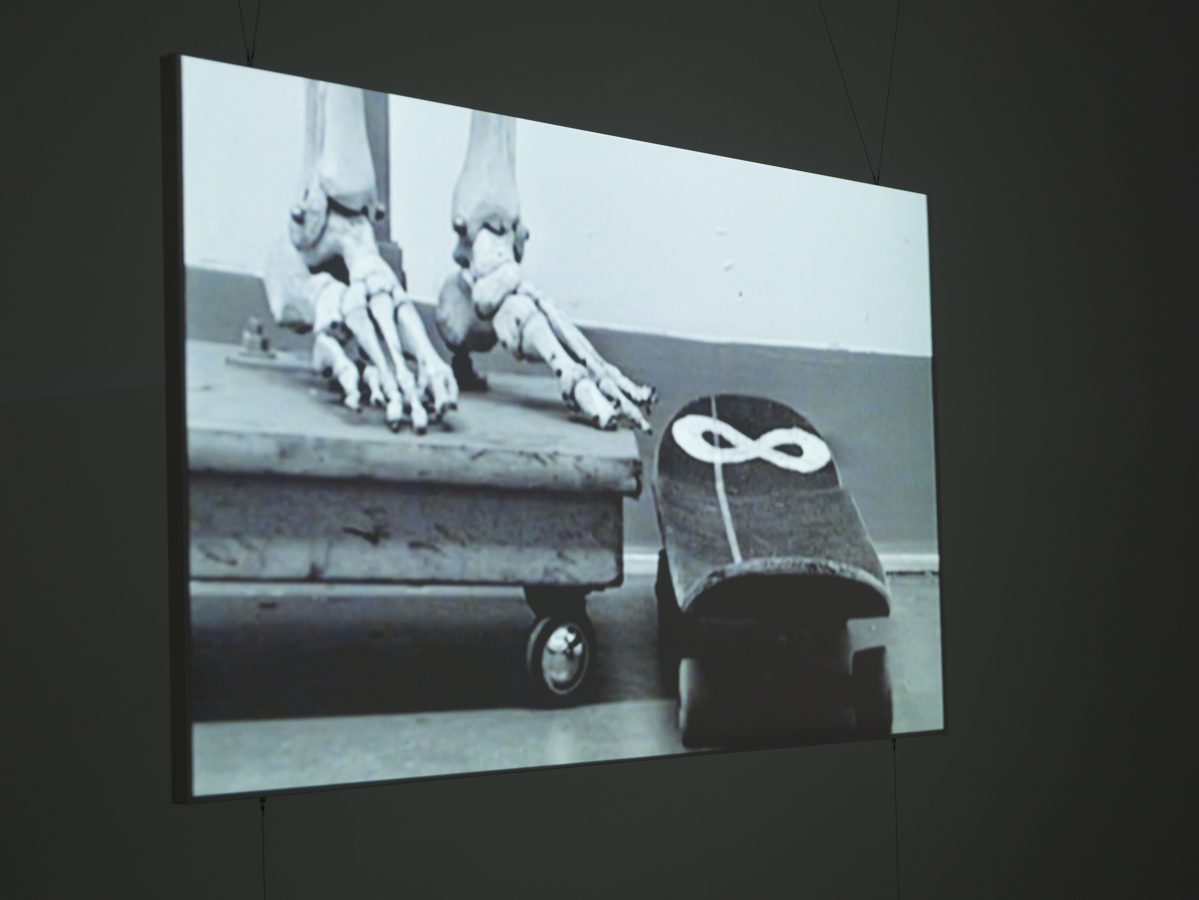
Shaun Gladwell
Riding with Death, 1999
VHS
4 minutes 57 seconds
installation view, Anna Schwartz Gallery, Carriageworks
Photo: Jamie North

Shaun Gladwell
MV + HRC Pärt Organ (after Frederick Seidel’s Men and Woman 1979), 2011
installation view, Anna Schwartz Gallery, Carriageworks
Photo: Jamie North
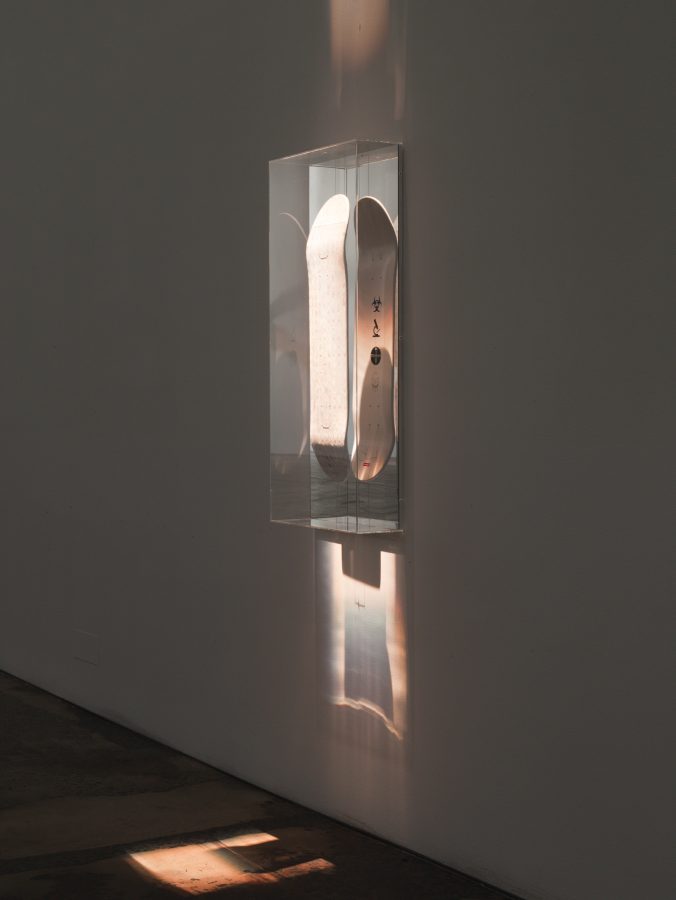
Shaun Gladwell
Erased Hirst, 2011
Skateboard deck, acrylic, mirror
130 x 47 x 50 cm
installation view, Anna Schwartz Gallery, Carriageworks
Photo: Jamie North
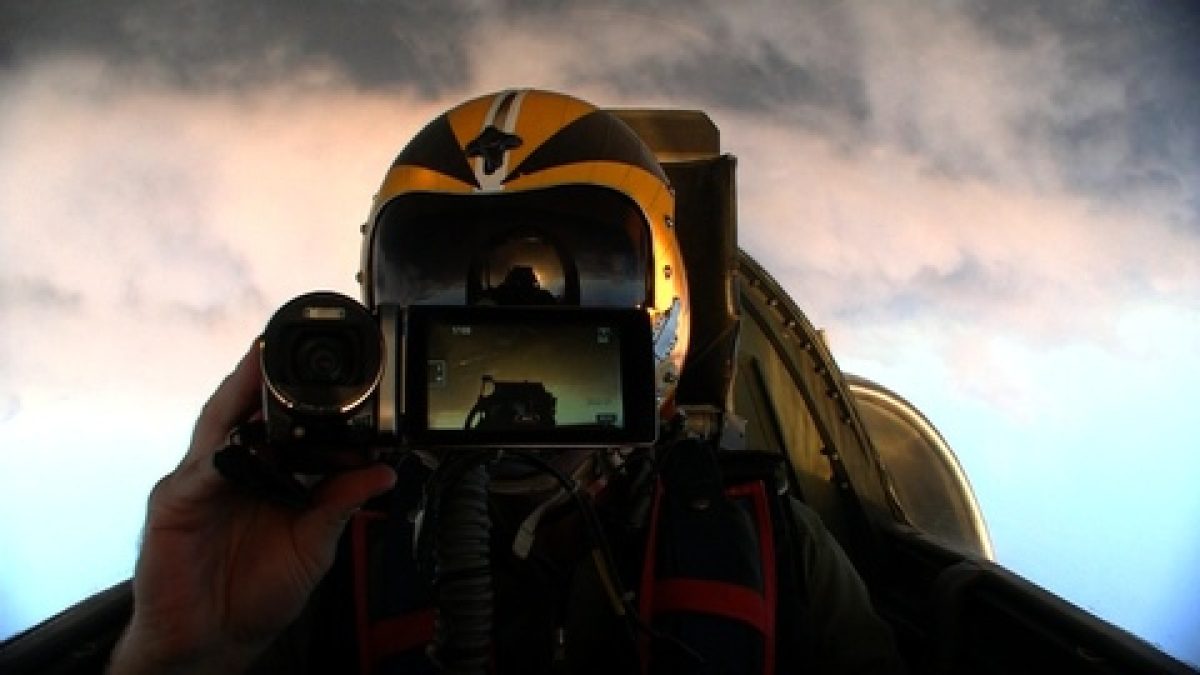
Shaun Gladwell
I Also Live at One Infinite Loop, 2011
(still) HD video, 16:9, colour, silent
20 minutes 11 seconds
Edition of 3

Shaun Gladwell
Midnight Traceur, 2011
(still) HD video, 16:9, colour, silent
23 minutes 53 seconds
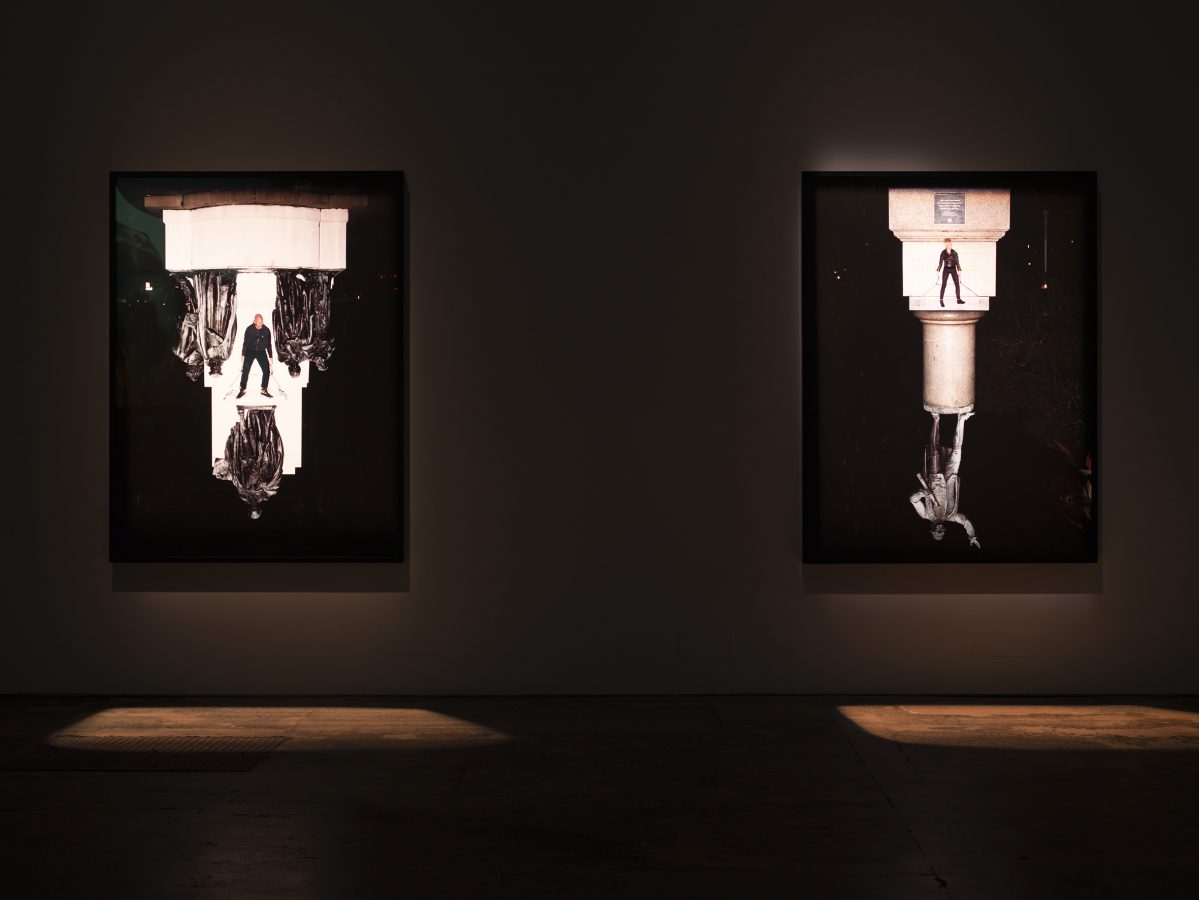
Shaun Gladwell
Riding with Death: Redux, 2011
installation view, Anna Schwartz Gallery, Carriageworks
Photo: Jamie North

Shaun Gladwell
Cook Invert, 2011
inkjet print on paper
177.5 x 134 cm
Edition of 2
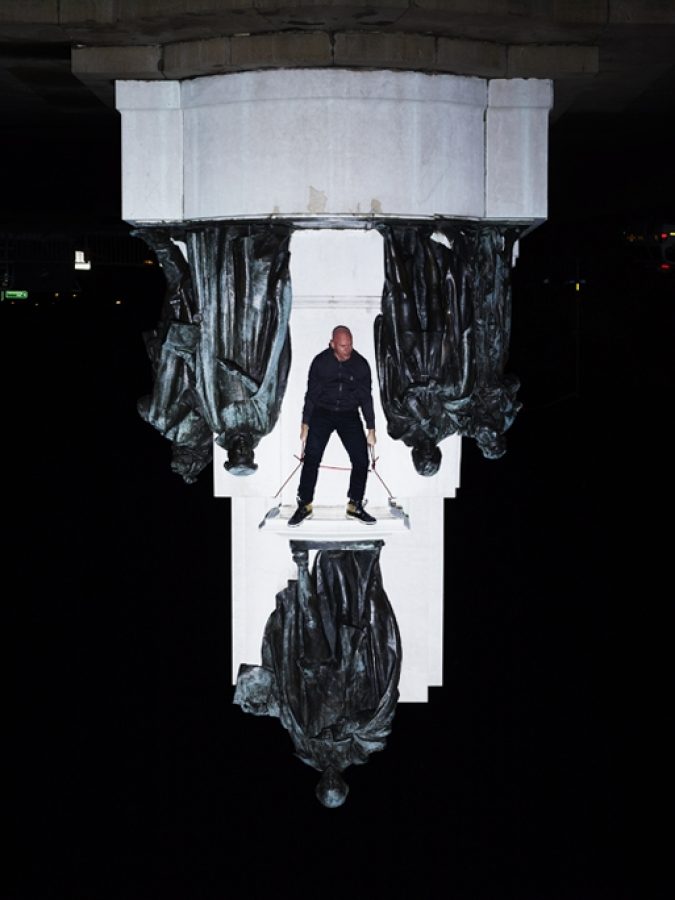
Shaun Gladwell
Shakespeare Invert, 2011

